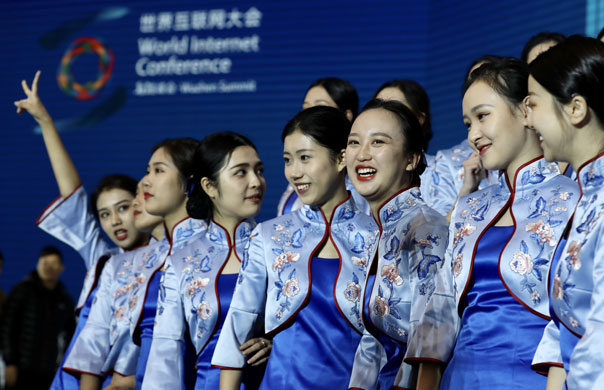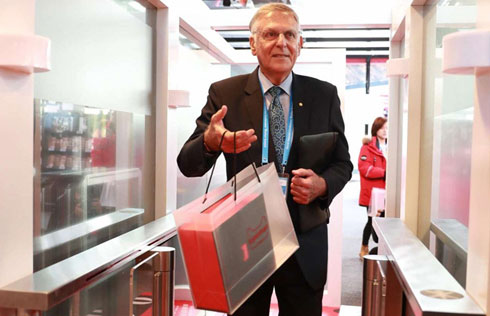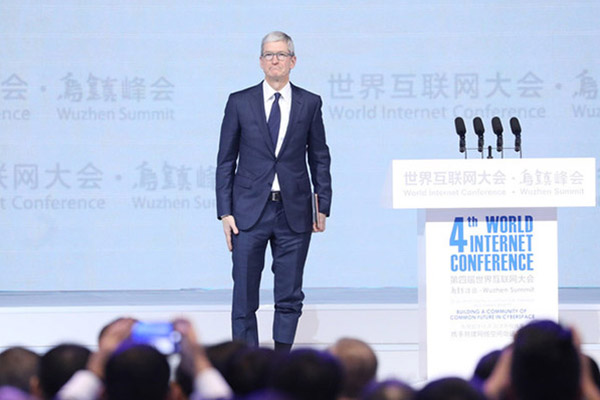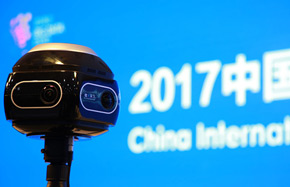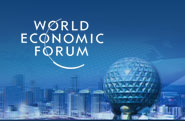Exporters to face more trade friction
By Li Jiabao (China Daily) Updated: 2013-09-17 07:24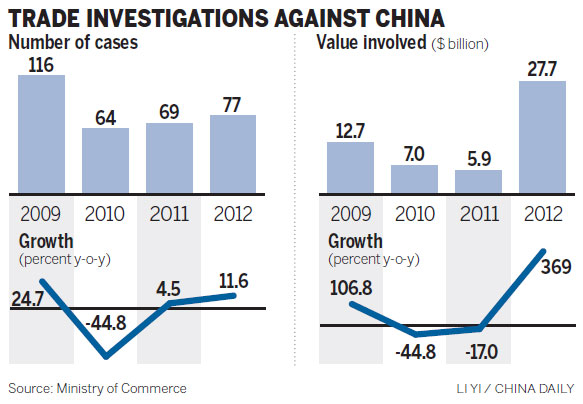
"Emerging economies outstripped developed ones in terms of trade remedy investigations against Chinese exports in recent years as China shares a similar industrial structure with these emerging countries," said Wang Haifeng, a researcher with the Institute for International Economic Research of the National Development and Reform Commission.
Wang added that China will remain the biggest target of global trade remedy investigations before the country transforms its foreign trade structure in the next five to eight years.
"China's foreign trade expanded very fast in recent years. In addition, domestic exporters rely on low costs and low prices as their major competitive edge rather than establishing new advantages in innovation, brands and patents," Wang said.
Elton Huang, domestic market initiatives tax leader at PwC China, echoed that view, adding that a lack of innovative technology and manufacturing forecasting capabilities remain a weakness of some Chinese companies, contributing to an increase in trade friction.
"The gap between Chinese products' technical parameters and international standards still exists. Blind investment in production capability without proper forecasting mechanisms only leads to overcapacity," Huang said.
Chinese manufacturers and exporters should respond more proactively to disputes and investigations through revisiting business models and restructuring supply chains as both developed countries and emerging markets are taking action to restrict imports and encourage their own exports, PwC China said.
Regarding responses to trade remedy investigations, Paling said that in addition to preparing proactive responses to an investigation, meticulous planning is crucial to mitigating risks before an investigation is initiated. Best practices include making a self-assessment of dumping risks, understanding export measures and the overseas market environment, and exploring alternative export models, if needed.
Wang added that Chinese companies should firmly develop new competitive edges in branding, marketing and innovation while increasing investments in their export destinations to reduce friction risks.
Meanwhile, the Ministry of Commerce said on Monday that it will impose preliminary anti-subsidy duties of up to 6.5 percent starting on Sept 20, following much heftier anti-dumping duties - used for goods sold below market value - of 53.3 to 57 percent on US polysilicon in July.
- China 'incredibly innovative' in many areas: Apple CEO
- City official: Guangzhou further committed to opening-up
- Jack Ma: Globalization backed by technology will cut inequality
- HNA confirms interest in ASEAN's infrastructure investment
- Comments on Xi's letter to 2017 Fortune Global Forum
- China to create more opportunities for the world: Xi
- US tax cuts impact on China two-sided: economists
- Chinese enterprises job fair to be held in Sri Lanka

